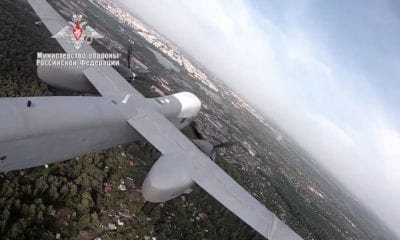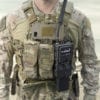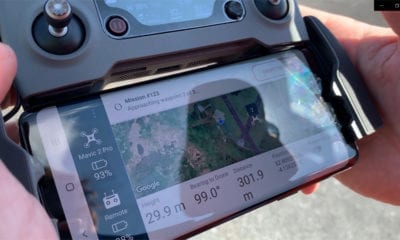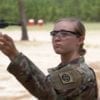News
Straight Out of Sci-Fi ! – Adaptable UAVs
BAE Systems engineers are mimicking the neural networks of birds to develop artificially intelligent drones that will provide our air defenses the cutting edge. The inspiration says Professor Nick Colosimo, one of BAE Systems’ lead technologists came from nature – taking cue from the neural networks of birds.
Fresh ideas
These two ideas – hybrid drones capable of learning and the efficient way of gathering them up again were merged as a result of the collaboration between Engineers from BAE Systems and the students from Cranfield University to create a new technological concept – named Adaptable UAVs. These aircrafts are a hybrid between fixed and rotary-wing types and can alternate between the two different flight modes in the same mission.
Using adaptive flight control and advanced navigation and guidance software, would allow these UAVs to benefit from the greater speed and range afforded to fixed-wing aircraft, before alternating to rotary-wing mode to hover and achieve vertical take-off and landing. This novel technology could allow UAVs to better adapt to evolving future battlefield situations and through working together in a swarm, tackle sophisticated air defenses, as well as operating in complex and cluttered urban environments.
When in rotary wing mode the UAVs can be easily and safely launched and recovered from battlefields and docked on a special pole using a range of vehicles in dangerous environments that might be cluttered by personnel, other aircraft or vehicles. The pole constrains the lateral or sideways movement of the UAV when being launched or recovered so as to prevent strong windsfrom dislodging them and avoiding any damage to personnel nearby. This is particularly important when recovering a UAV to the aft of a ship or a land vehicle. The pole’s gyro-stabilised element also ensures that it remains upright independently of the host vehicle’s orientation, which may be rolling if on a ship, or in the case of a land vehicle driving up or down a slope at the time of the launch or recovery.
Challenges from the digital future
How much at ease we are with leaving the future of battle fields in the hands of smart or automated systems is up for debate, says Prof Colosimo: “Here we’re talking about teaming manned and unmanned technology – trying to help the human decision makers rather than taking away their decision-making power.” Speaking further about the ethical challenge with the use of autonomous systems he said “It comes down to what’s acceptable, legally, ethically. How can we preserve our values while having the defence capabilities to thwart our adversaries?”
Futuristic technological impact
“The battlefield of the future will require novel solutions to meet emerging threats and to keep human operators safe wherever they may be’,” said Professor Nick Colosimo, BAE Systems’ Futurist and Technologist. “The Adaptable UAVs concept and related technologies are one of a number of concepts being explored through close collaboration between industry and students in academia.”
Smart drones might be used to detect the edge of a poison gas cloud and relay this back to a human commander – or counter some other futuristic threat.

























